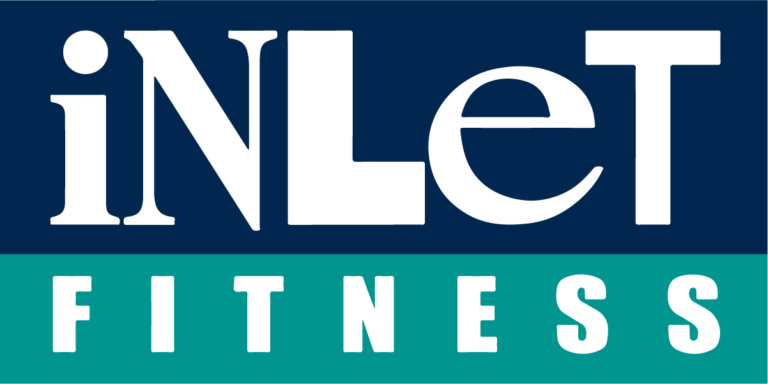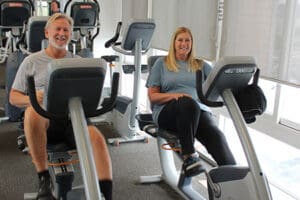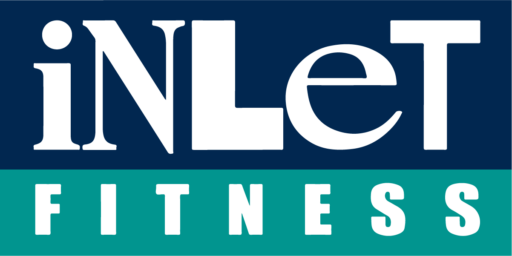By Patti Borrell
In order to have great technique when lifting and decrease your risk of shoulder injury you need an ample amount of mid-back extension.
When addressing “weak links” in your upper body, mobility restrictions in the thoracic spine should always be tackled first before moving on to other areas that need help (such as lat flexibility or rotator cuff strength/stability). Think about it like this. If you are going to spend time and energy trying to fix a broken down house, you’re hopefully going to address the cracks in the foundation before painting the ugly walls. Just like the concrete that supports the walls of a house, your mid-back sets the foundation for the entire shoulder joint.

A stiff thoracic spine that is unable to extend limits efficient shoulder blade movement, which then affects the mechanics and stability of the shoulder joint itself. Fix the foundation first, then move on to the rest of your upper body.
I want to share with you only 3 exercises to help promote mobility in the thoracic spine. This should help get you started as there’re plenty to choose from. I recommend performing each and re-testing your mobility. This will help you find which of the following exercises are most efficient for your body.
- Self-mobilization with a “peanut”
- Foam roll prayer stretch
- Box t-spine stretch
SELF-MOBILIZATION
One of the best tools to improve thoracic spine mobility is to use a “peanut”. Some manufactures make a fancy peanut, which will cost you a pretty dollar. However, you can save a lot of money by taping two tennis or two lacrosse balls together. With your arms across your chest, pull your shoulder blades (scapulaes) “out” to the side. This will provide space to place the peanut. The tennis or lacrosse balls should rest on both sides of your spine. All so perform a small crunch by raising your shoulders off the ground a few inches. Hold this position for a few seconds before returning to start position. Make sure not to hyper-extend your lower back during this movement. Only move from the mid-back.
FOAM ROLL PRAYER STRETCH
This next mobility exercise is similar to the classic yoga pose called “child’s pose.” S
start in a kneeling position. Sit your hips back on your heels and push your hands out in front of you (one hand on top of the other). Next, let your chest drop down to the floor. Continue to reach with your arms together overhead while you let your breath out slowly. Try to sink your chest towards the ground. If you have a stiff mid-back, this should bring out a good stretch in your spine. Those who also have poor lat muscle flexibility may also feel a good stretch on the sides of their back where these muscles run and attach to the underside of the arm (near the armpit). I recommend holding this stretch for 30 seconds (~5 deep breaths in and out) for 3-4 sets.
BENCH T-SPINE STRETCH
Assume a kneeling position close to a box or bench. Grab a PVC pipe and position your arms in a “V” position (hands grabbing wide with elbows held close together). Face the box and place your elbows on top. Perform a similar motion to the “prayer stretch” by sitting your hips back on your heels and simultaneously dropping your chest towards the ground. This motion should bring out a good stretch to your mid back (and again possibly your lat muscles). Hold this end range for 5 deep breaths in and out before returning to the starting position. Perform 3-5 repetitions.
So in closing, if the exercises you chose to perform are placing you on the right track to improve your mid-back mobility. The exercises are not a “magic pill” for improving mobility. They will not fix any stiffness in one session. If you do notice a small change in movement quality, you should consider adding these corrective exercises into your daily schedule. Consistency is key for progression in mobility, especially in this region of the body.
Happy stretching!










